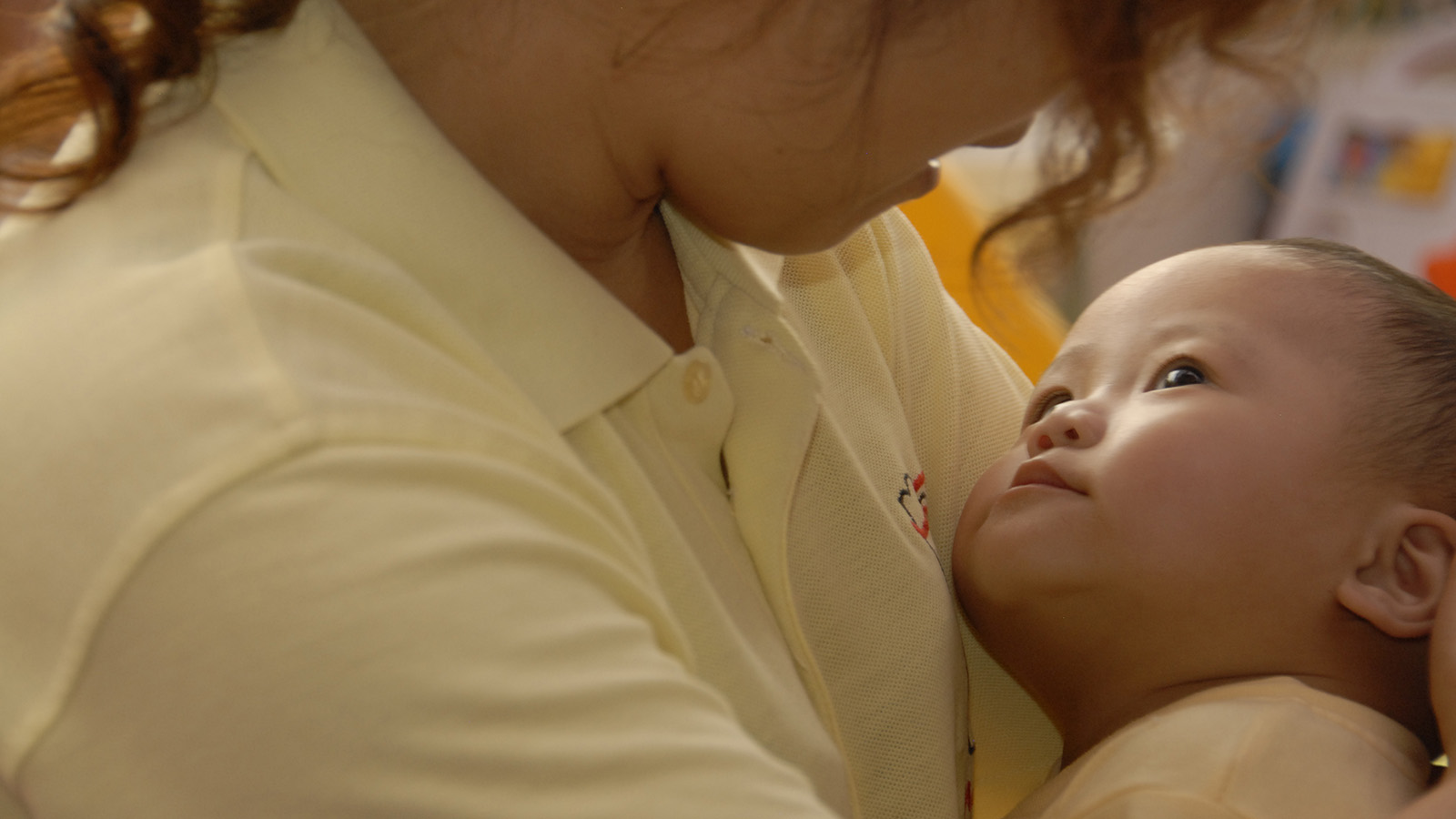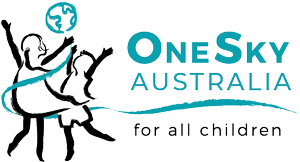A healthy baby is born with all that’s needed for a happy and productive life.
That little head contains billions of brain cells eager to get to work, ready to develop the connections necessary for everything that child will do — from that first cry to that first step, to that first diploma, to a lifetime of loving and socializing with others.
But no baby can do it alone. Loving contact with another human is essential. When a child gets that all-important nurturing care early on, the young brain develops at an astonishing rate.
The first few years matter most. A baby’s brain is so active during the first months that as many as 1,000 new neural connections are formed every second. The brain is busier than it will be at any other time. In fact, 60% of a baby’s energy goes into brain development! By the third year, a healthy brain will have formed one thousand trillion connections!

But that only fully happens when a baby receives loving, one-on-one care. Responsive care. Simply knowing how to teach caregivers to provide loving responsive care to the children in their charge is the key ingredient that has enabled OneSky to save many thousands of at-risk developing brains.
A responsive caregiver looks a baby in the eye and smiles; the baby smiles back. The baby claps her hands and the caregiver copies the baby. The baby giggles. The baby plays peek-a-boo, and with every interaction, the baby’s brain connections are doing push-ups.

Human touch at this stage is also crucial. When a loving adult hugs the child, the child relaxes and feels safe. When an infant is held and stroked, the brain releases critical hormones that spur growth.
By the age of three, given loving care, the baby’s brain will have developed enough to enable the growing child to laugh, say words, manipulate objects, stand and walk, ask for things, respond to others. When stress occurs, unless it is ongoing and extreme, the developing brain will get some healthy practice dealing with challenges.
But just as a child’s brain can flourish with attentive care, it can be damaged—physically damaged—by neglect.
 The brains of two 3 year-olds, one nurtured and one neglected.
The brains of two 3 year-olds, one nurtured and one neglected.
The absence of attentive care activates the child’s stress systems, releasing toxic hormones, setting the stage for a lifetime of adverse health effects, developmental challenges, academic struggles, and behavioral problems. There will be no smiles, no trust that the world is a loving place. Development will stall. Potential will be lost. The child’s ability to bond and attach to others will wither.
Yet even then, because the human brain is so geared for growth and remarkably resilient, a neglected child can catch up. If reached early enough and given what that young brain has been missing—loving contact, stimulation, gentle touch, the sound of the human voice. When offered responsive care, neglected children can recover. That’s why it’s so important to reach them. Otherwise, that eager little brain will languish, and a child’s future can be lost.



